Since the end of the drought there has been a spate of sheep and cattle thefts (“duffing”) particularly by thieves using empty caravans to stuff suddenly valuable animals into. It’s suspicious if an apparent grey nomad has a trailer that bleats or moos.
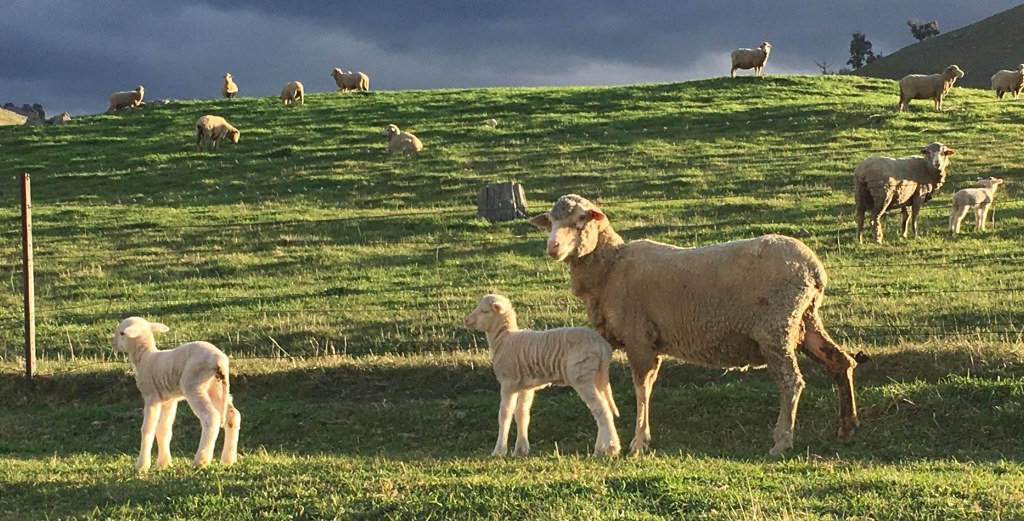
That’s not the sort of stock-taking I’m doing.
With my mother’s death, it’s a good moment to stand back and consider what we have achieved so far at One Bend in the River, and look at our plans for the future. I feel like we’ve learned so much in the last eight years, and yet the core of what we want hasn’t really changed.
WHAT WE HAVE DONE SO FAR
TREE PLANTING
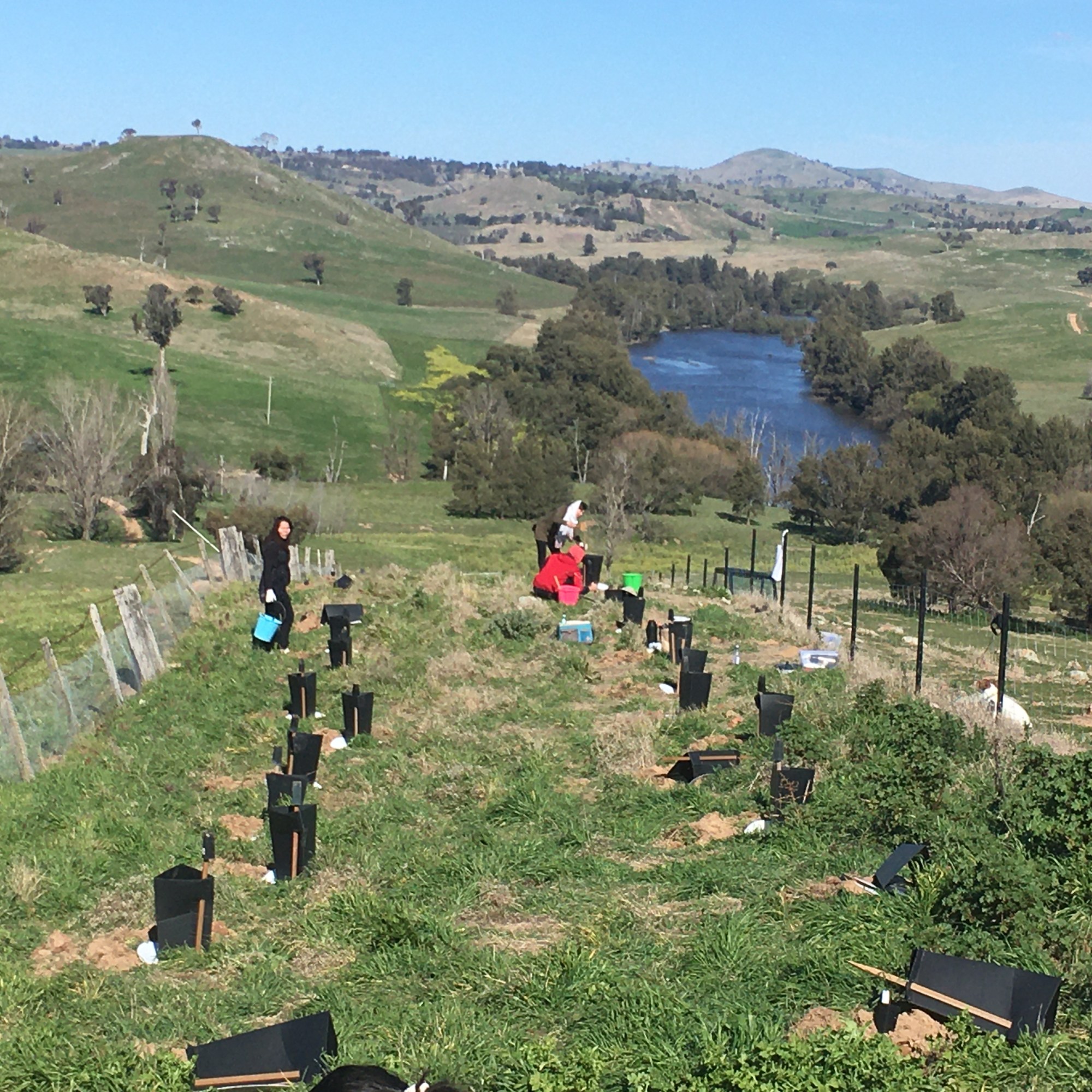


- Planted over 8000 local native tubestock trees and shrubs from August 2011 to end August 2020, (not including ones that failed and were replanted over that time). A lot of this one done with the help of wonderful volunteer labour as well as paid planting assistants.
- Over thirty-five different species planted. The lists vary from year to year depending what I can get hold of, and what survives (hakeas, you can do better, woolly tea-trees, we’ll never be friends).
- Connecting corridors created north-south through previously unsheltered grassland, to allow connections for small animals (birds, reptiles, insects, mammals) within and across both farms. In some areas this has been extended to broaden that corridor.
- 2 large areas (10ha), 6 long windbreaks (.5-1.5ha), 20 “stepping stones” each 20mx20m, and 46 small clusters of 3-4 paddock trees. Together these are starting to create a range of shelter for sheep and for native animals.

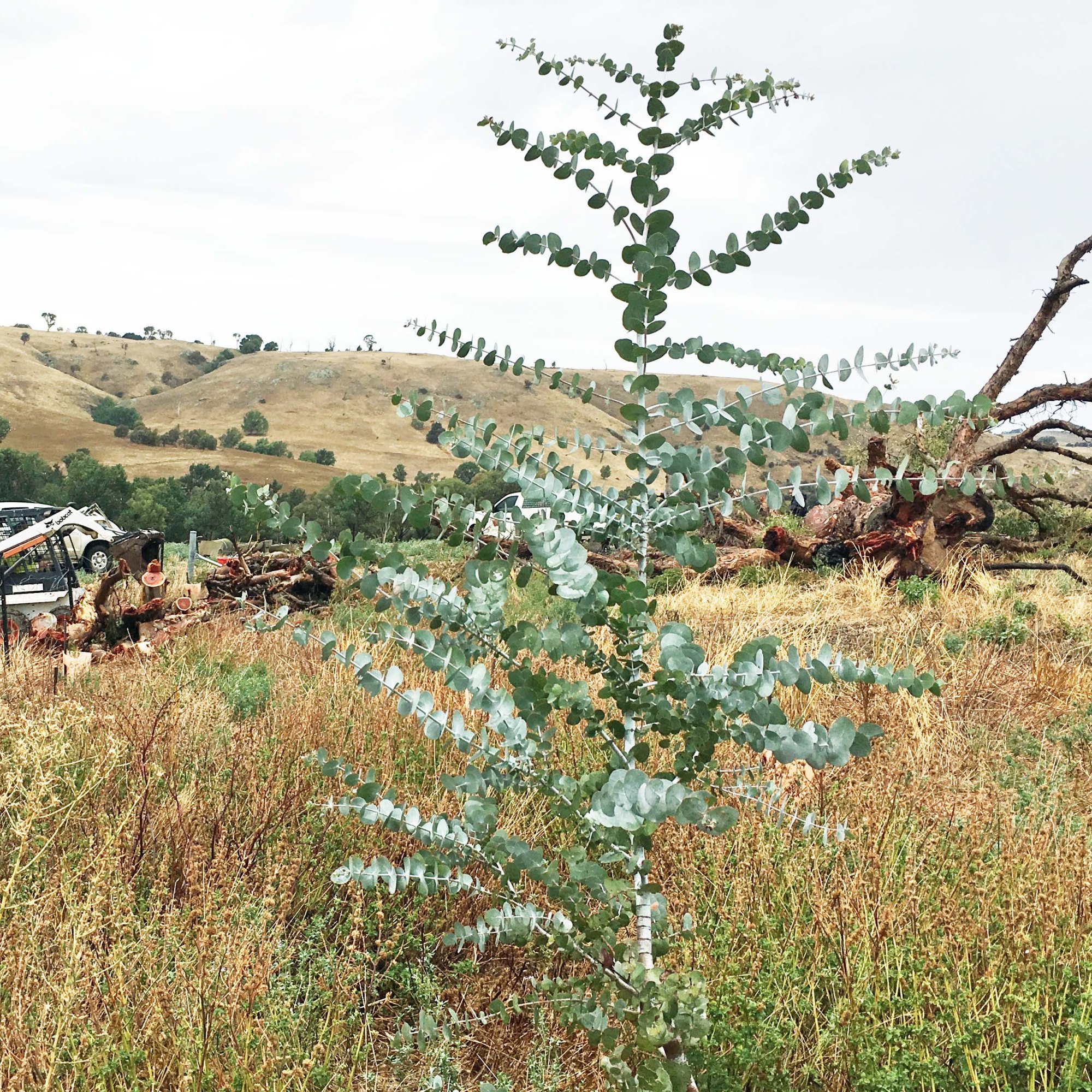
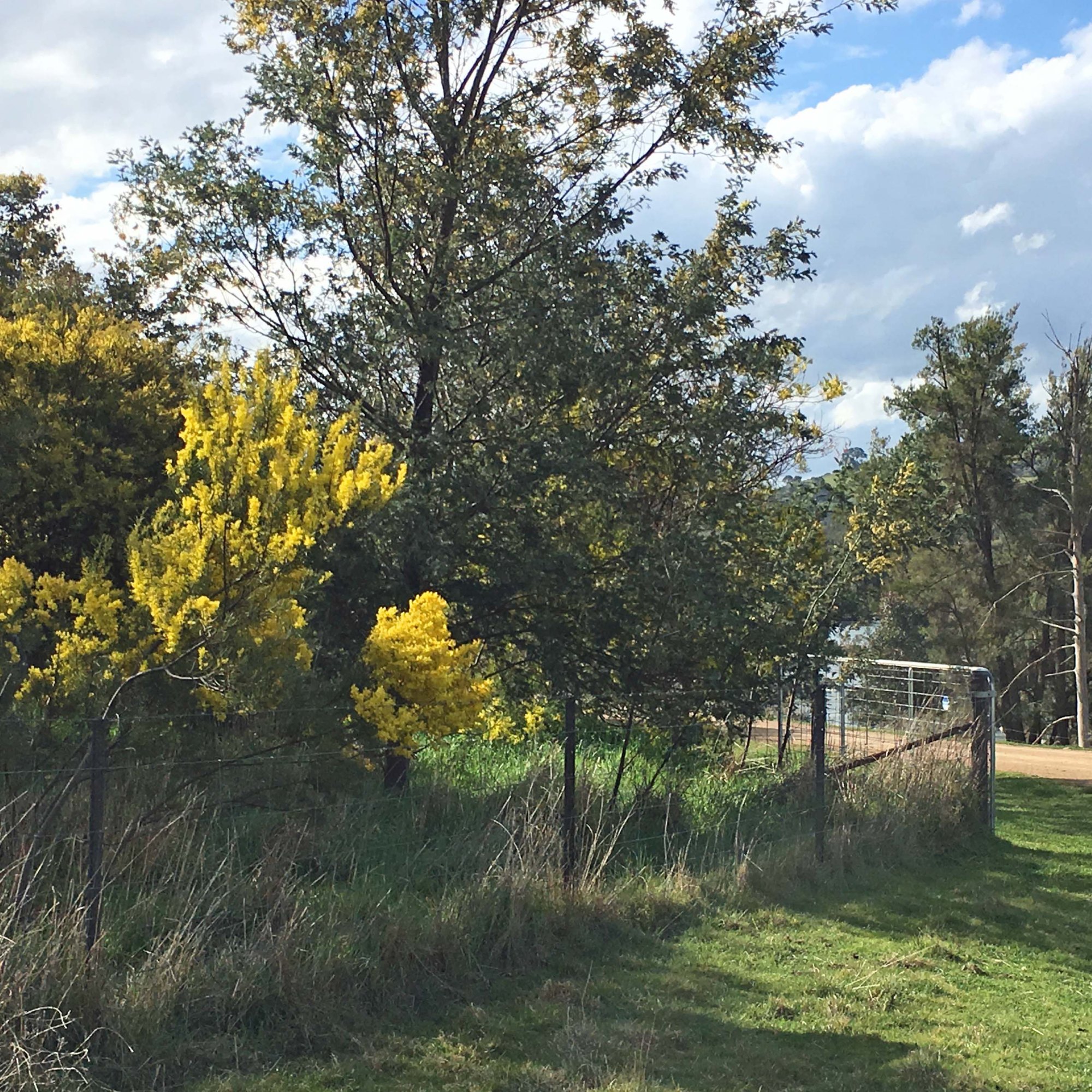
LONG-TERM MAINTENANCE of plantings
- weed control, a problem which tends to be intense in the first few years, then hopefully) reduce slightly as the canopy increases.
- replanting as necessary (overall 85% survival, 90% in a good year),
- ongoing exclusion of stock from planting areas except as needed for reducing weeds and fire fuel, or for other planned grazing.
- Photo Points – GPS located photographs which show the changes in vegetation
as comparisons for the future.

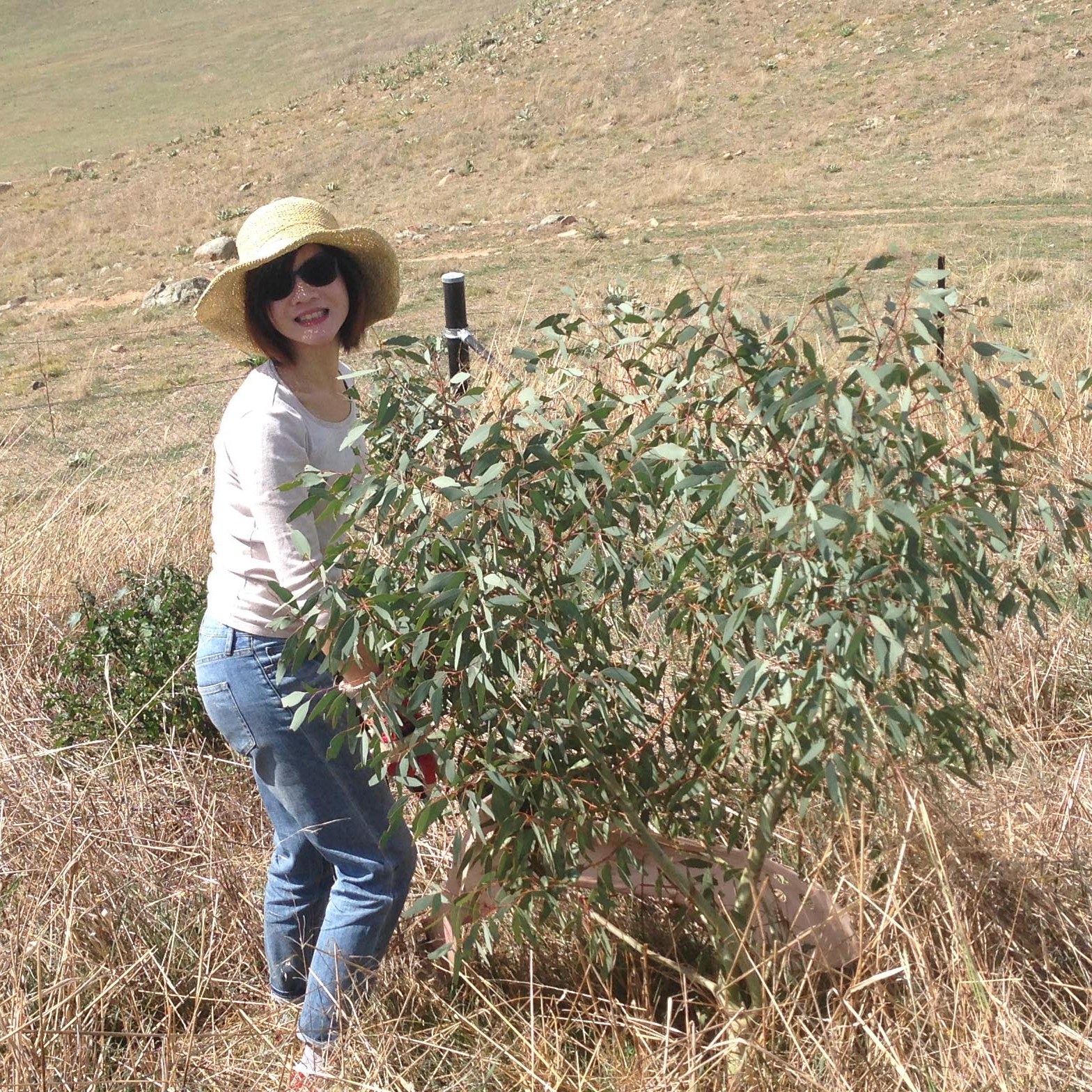

INTEGRATION INTO WIDER WILDLIFE PROTECTION PROGRAMS, including
- the Great Eastern Ranges Initiative (and Kosciuszko to Coast Foundation) which calls for landscape connectivity along the entire East Coast of Australia for a range of migratory and small bush birds.
- Yass Area Network of Landcare, Climate Ready Seeds program which is training seed collectors locally and obtaining seed from multiple sources to grow more resilient seedlings in a changing climate.
- Greening Australia’s Glossy Black Cockatoo habitat project from Canberra to Burrinjuck.
- Local Land Services protection of endangered Box Gum Grassy Woodland,
- Maintenance of riparian habitat corridor along the Murrumbidgee river including vegetation and water quality monitoring (Greening Australia and Waterwatch)

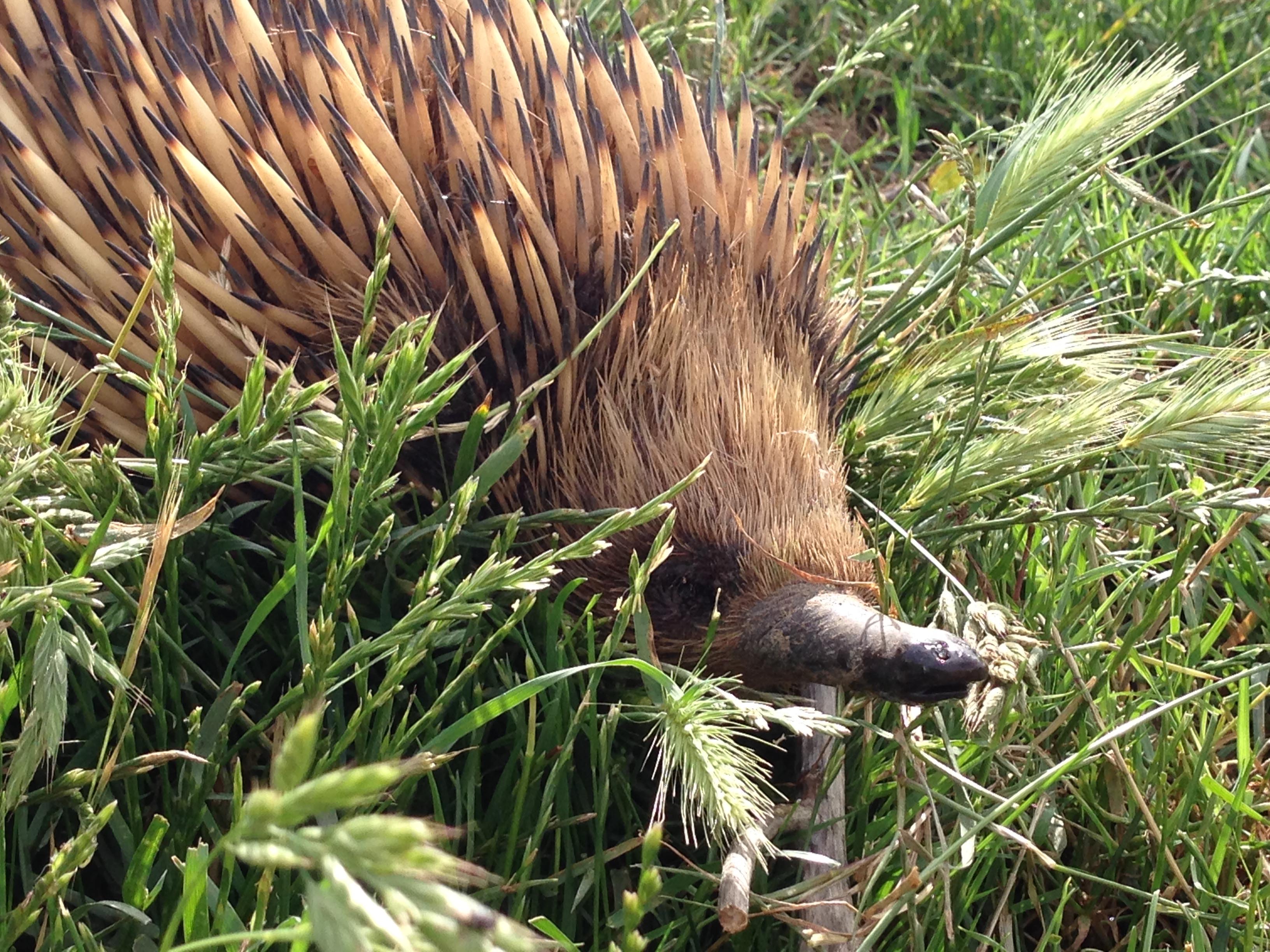
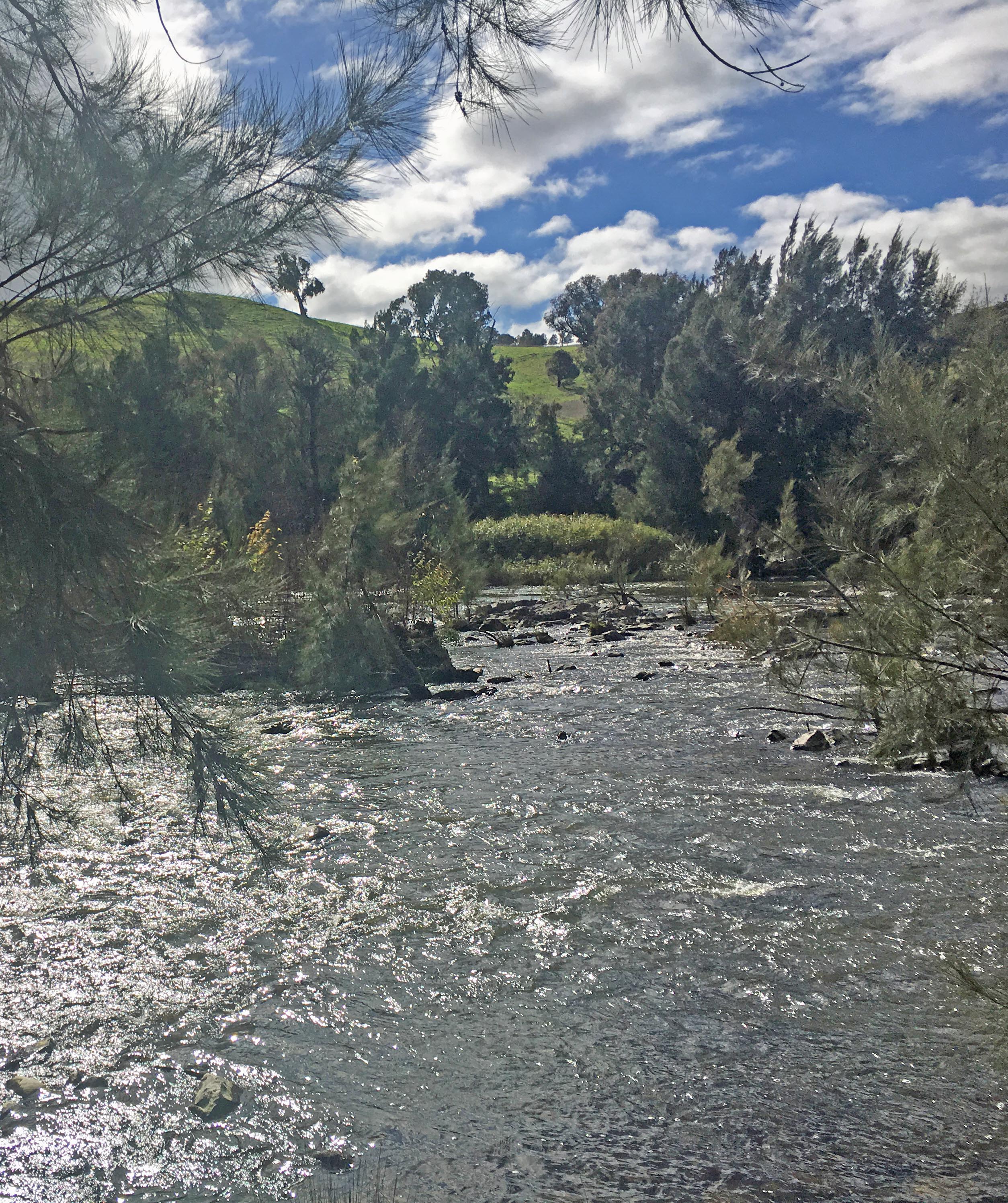
INTERSECTION WITH PRODUCTIVE USE OF THE LAND for food and fibre production
- Retaining local knowledge of weeds, fire and pasture needs and conditions.
- Looking at ways that farming and conservation can be intertwined rather than opposed, including stock shelter and better pasture resilience to drought.
- Maintaining and improving the farming infrastructure, such as sheds, yards, roads, dams, fences and gates, to make use more efficient
- Experimenting with perennial pasture seeding and erosion control
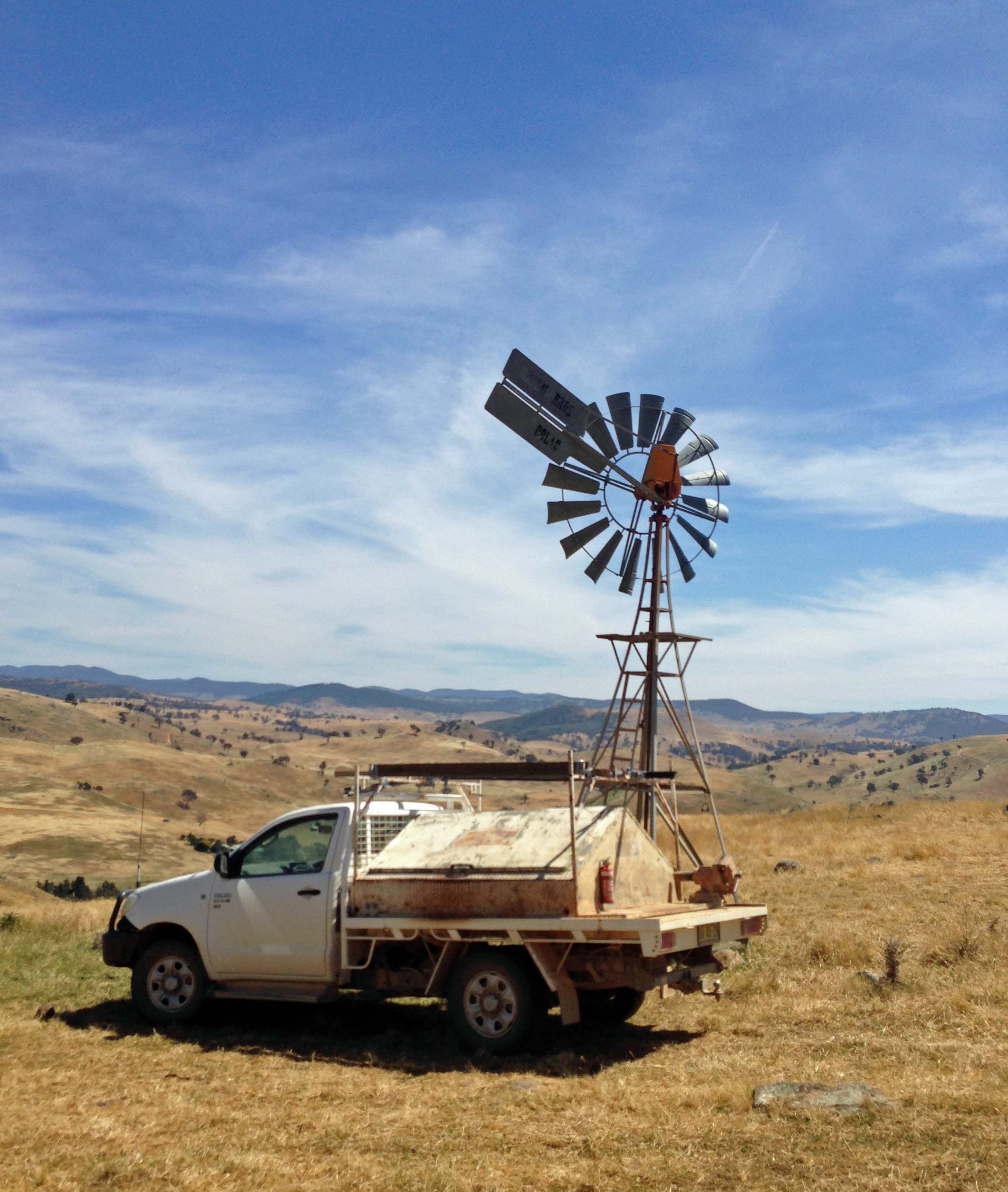
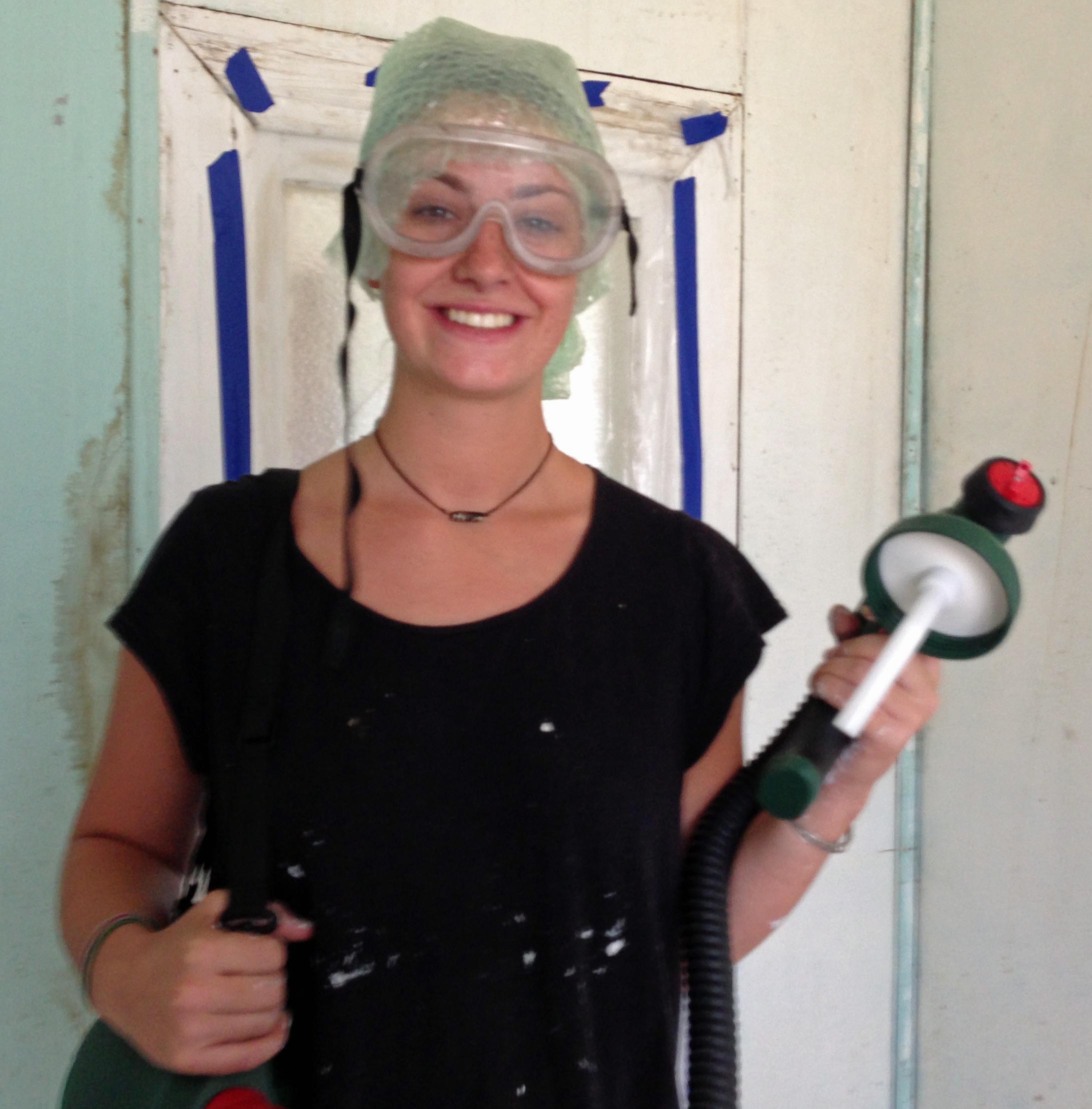
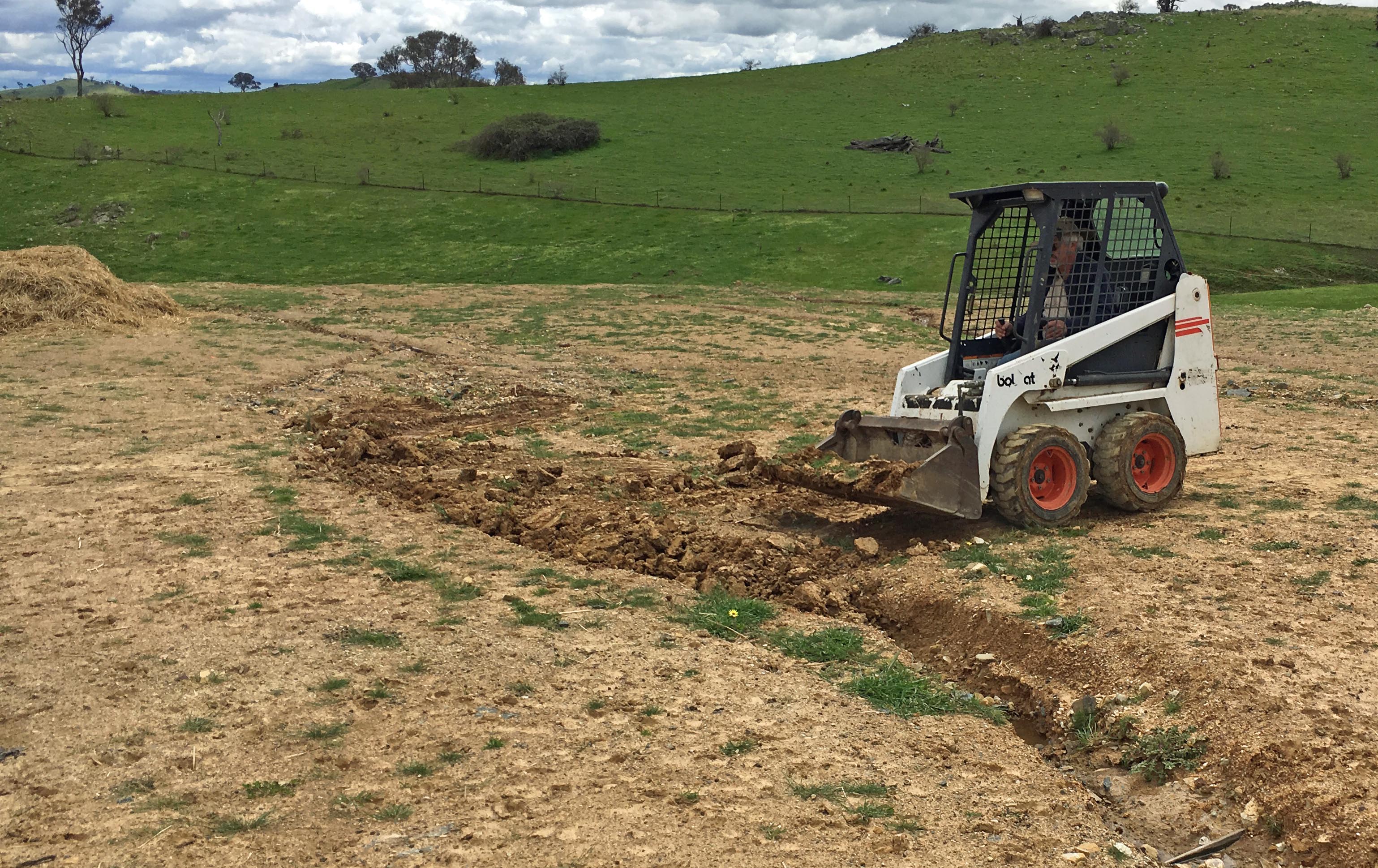
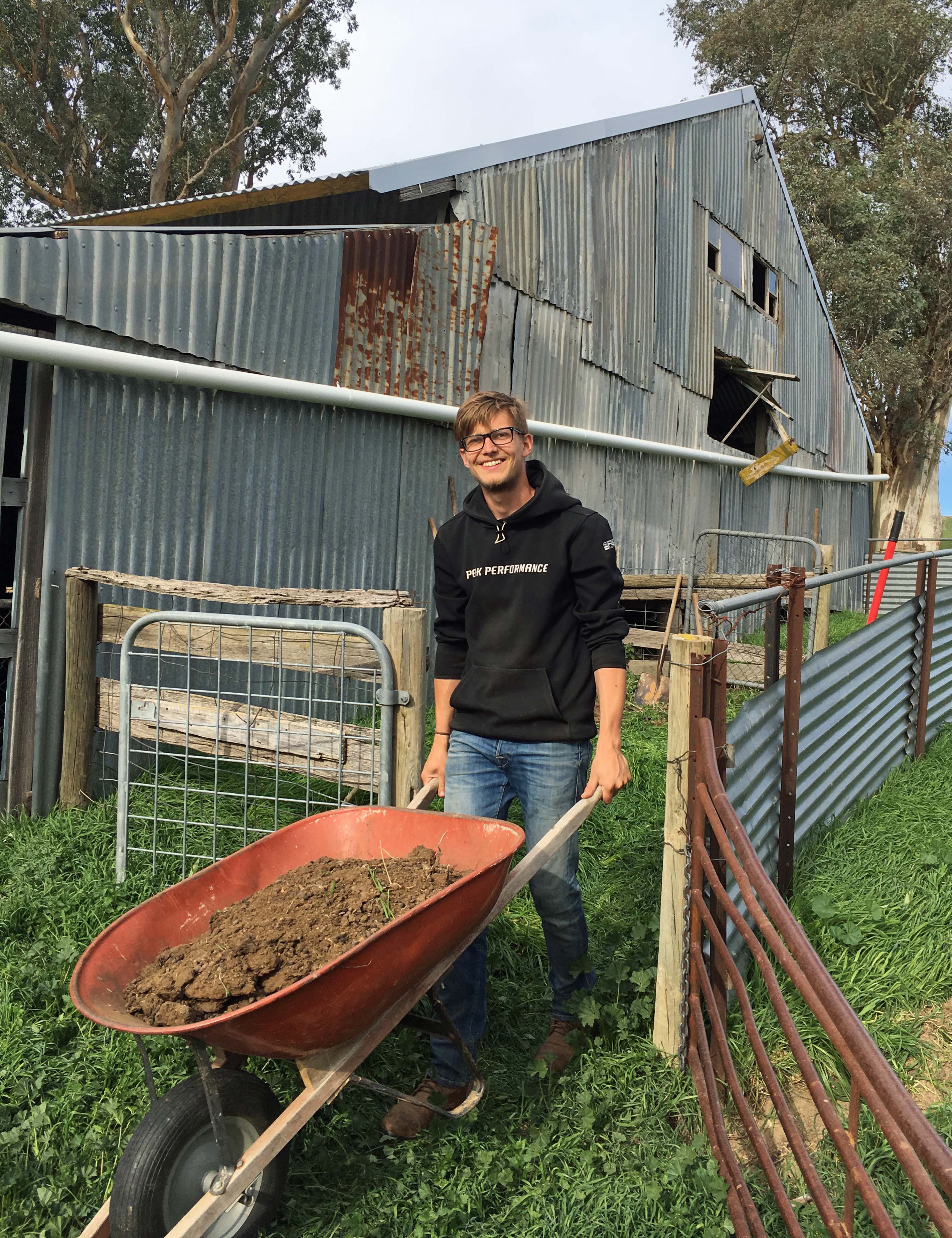
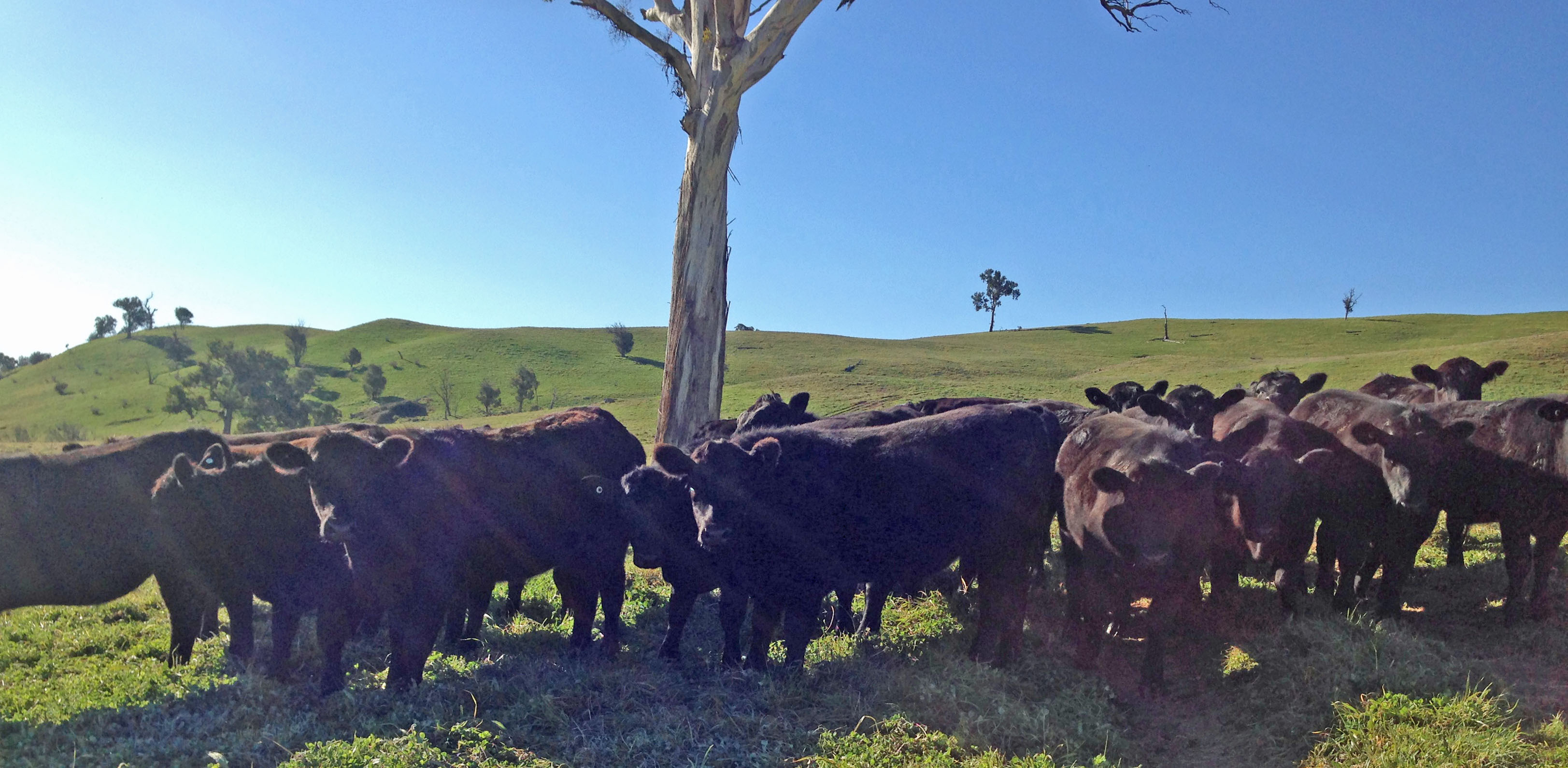
ONGOING MONITORING AND RESEARCH
- Monitoring with baseline and follow up surveys of birds, beetles, water-bugs, lizards, and wombats
- Satellite/Drone images – currently using Google Earth Pro, but planning to obtain better images that can be scanned for
- Vegetation changes
- Canopy changes in large paddock trees (to see if protections are helping with shrunken crown syndrome, and where losses are occurring)
- Ground cover percentages – showing heat loss for example where ground is bare in winter
- Collaboration with researchers, such as the Borevitz lab on genomic sequencing of particular trees and study of how they respond to climate and other stresses
- Currently planning for future experiments on soil in cultivated paddocks, analysing levels of stable carbon, use of carbon converting microbes.
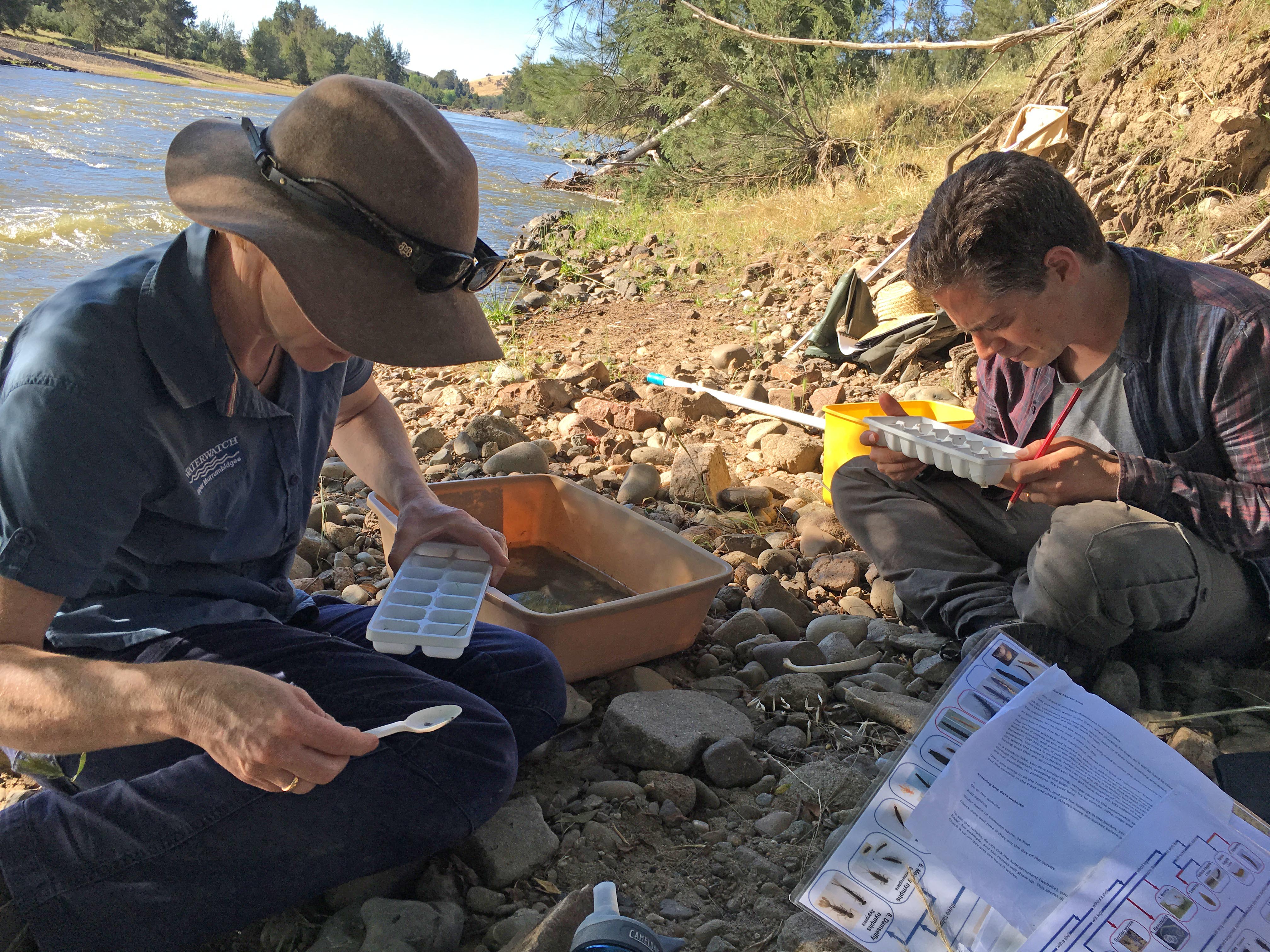


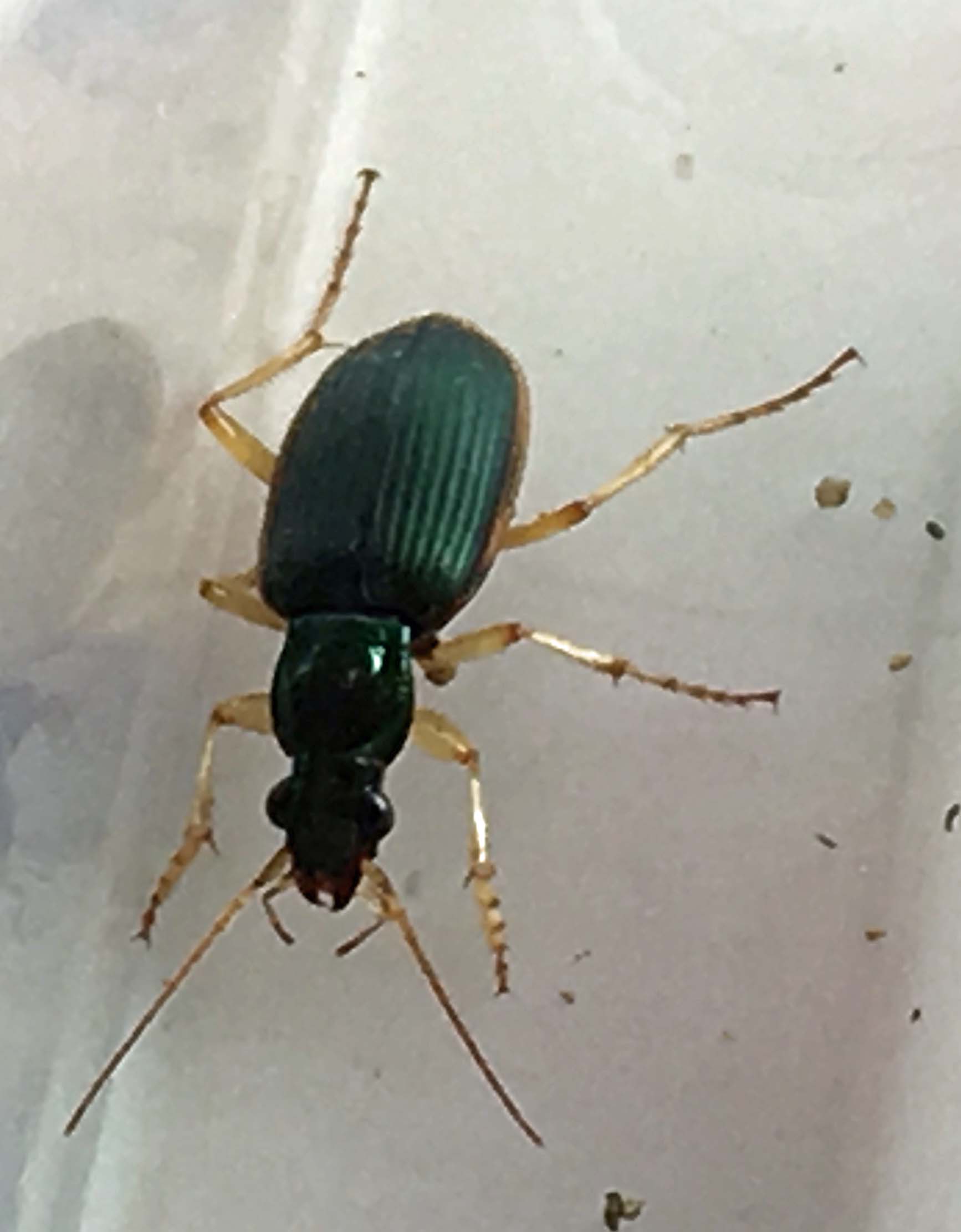
And next year, we’ll do another thousand, and keep going…

Hi Fiona,So sorry to hear of your mothers passing,my sincere condolences. Many thanks for such a delightful blog. I would be happy to volunteer for your next work party.We are neighbours of sorts and I am hoping to consult you about revegetating my brothers place on Cavan Road,the ex Sekulas place next to the ex Bolgari,near the Sand mine.Please get in touch. Regards and Best Wishes
LikeLiked by 1 person
Hi Jeremy, great to hear from you. Yes, we should definitely talk!
LikeLike
Exciting to read how much you’ve achieved. Looking forward impatiently to coming up and seeing.
LikeLiked by 1 person
You have achieved so much, hopefully one day soon we can visit, love, barb
LikeLiked by 1 person